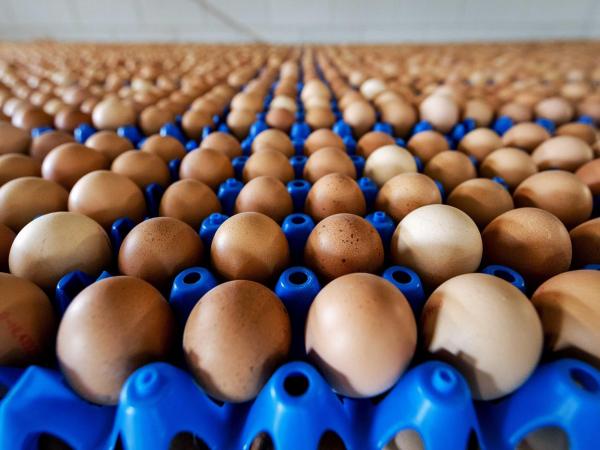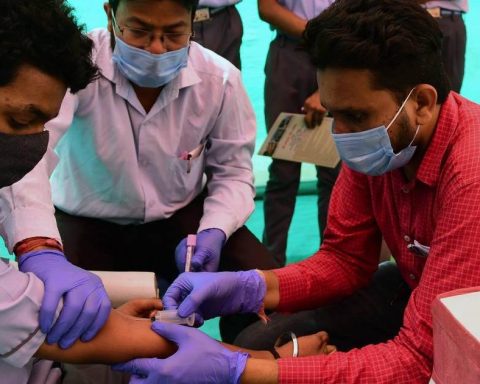Among the great challenges of the poultry sector in the country is establishing the axes to combat avian influence, because according to data from Fenavi, the “flu”It has reached more than 6,000 outbreaks and has caused the sacrifice of 100 million birds. Today, in Colombia, active cases are known in Bolívar, Chocó, Córdoba, Magdalena and Sucre.
(Read: Soat Discount: ABC to find out if it applies to you and what it covers).
Though this disease is not transmitted to humansGonzalo Moreno, executive president of the union, stated that “we must continue preparing for the creation of mechanisms that mitigate the impact for producers in the case of outbreaks in commercial farms, such as the implementation of a line of financing Finagro – Avian Influenza ”.
Likewise, Fenavi estimated that at the end of 2022 the sector presented an increase of 7.3%, “the highest in the last five years”, in addition to culminating with a per capita consumption of Colombian chicken of 36.3 kilos, which represented a increase of 1.2 kilos, compared to 2021.
However, egg consumption dropped from 334 to 315 units per year, presenting a reduction of 19 eggs per person. “The good news is that by 2023 it is expected to recover the level of egg production of 17,000 million units,” said Fenavi.
Regarding chicken production, the year closed with a volume of 1.8 million tons, “more than double the bovine production and 3.6 times the pig production in the country”, assures the sector.
(In addition: This is how the new war planes they would buy for the country are).
Regarding eggs, investment in biological assets (laying birds) fell 9.4%, which affected production, going from 17,028 to 16,260 million.
According to Fenavi, the reasons for the falls go back to unemployment and the inflationary collateral effect, in addition to the costs of inputs, which are concentrated 80% in yellow corn and soybeans, which had an increase in dollars of 20, 3% and 14.5%, respectively.
(See: ‘They throw a little money’: Petro’s position on 4G tracks).
BRIEFCASE

















